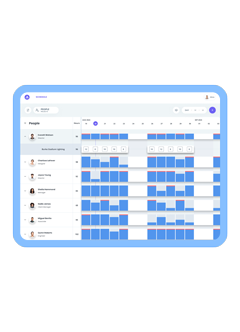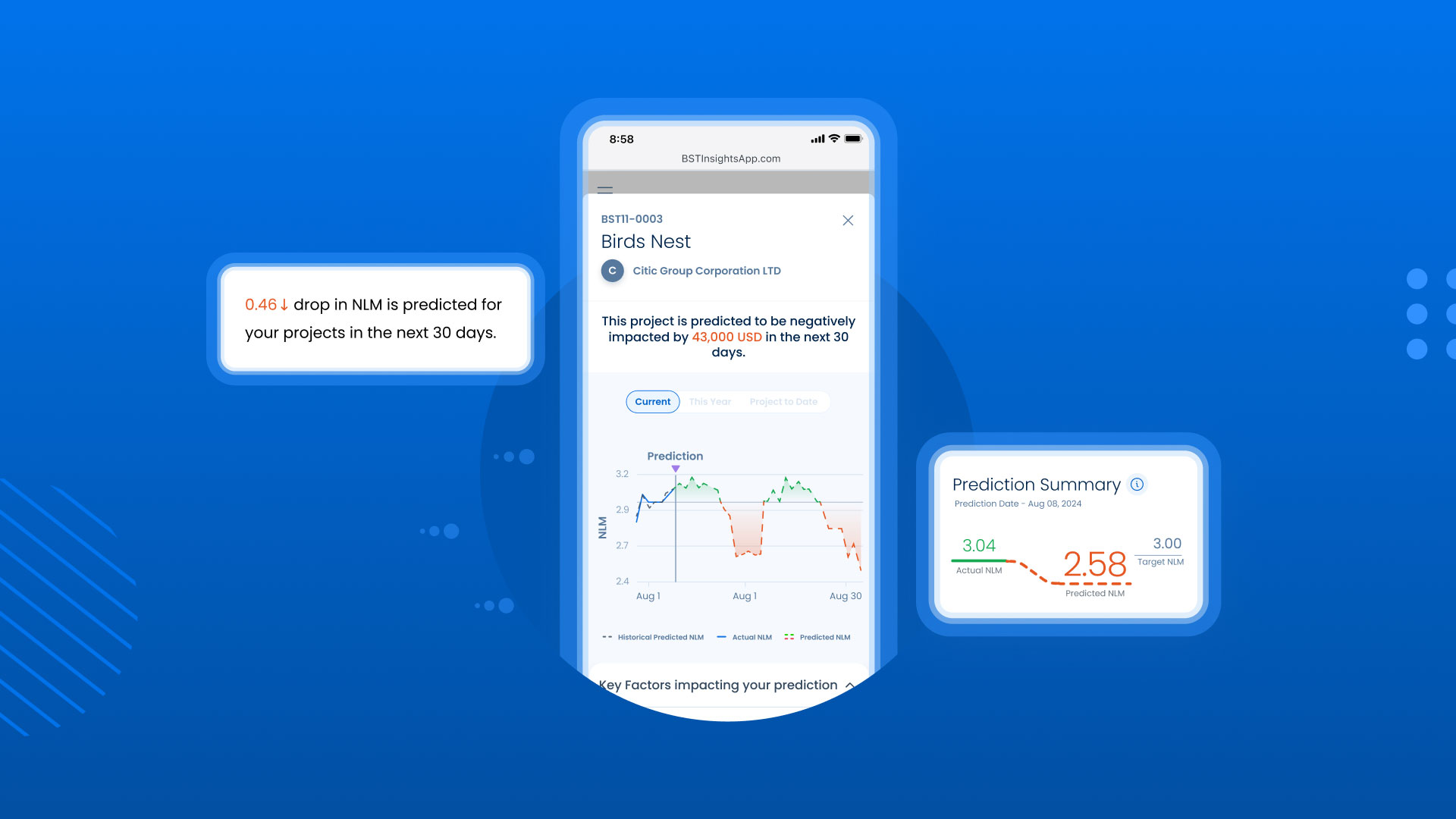
Analyzing Days Sales Outstanding (DSO) and Days Payable Outstanding (DPO) can improve one very important financial metric for your AEC firm: cashflow.
While DSO and DPO address different areas, the information derived from each is equally important. But before I get into those formulas and how the resulting values impact your firm’s cashflow, let’s do a quick refresher on some terminology:
Days Sales Outstanding shows how well your firm is managing its accounts receivable by measuring how long it takes to collect payments owed to your firm.
Days Payable Outstanding shows how well your firm is managing its accounts payable by measuring the average number of days it takes you to pay vendors.
Credit Sales are purchases made that do not require payment to be made in full at the time of purchase. The full amount can be paid at some point in the future or smaller regular payments can be made over a period of time.
In short, DSO shows how long it takes your firm to collect outstanding payments, and DPO shows how long it takes your firm to pay outstanding bills.
How to Calculate DSO
DSO is calculated by dividing your accounts receivable during a particular time period by the value of your credit sales during that same time period, and then multiplying the result by the number of days in the period. Here’s a quick example:
Receivables: $2,000,000
Credit Sales: $2,800,000
Days in Period: 91 days
DSO Calculation: ($2,000,000 / $2,800,000) x 91 days = 65 days
Your firm should aim to have as low a DSO value as possible because it indicates that you’re doing an excellent job of collecting outstanding debts. A DSO value between the lower 50s and upper 80s is typical for most architecture, engineering, or environmental consulting (AEC) firms. But once it starts creeping into the 90s, this should raise a red flag to your firm.
How to Calculate DPO
DPO is calculated by dividing your average accounts payable by your daily cost of sales (also sometimes referred to as cost of goods sold or COGS). For example:
Payables: $250,000
Cost of Sales: $1,250,000
DPO Calculation: $250,000 / ($1,250,000 / 365 days) = 73 days
Unlike DSO, you want your DPO value to be higher because it means you can keep cash within your firm longer. In this case, a DPO value between the mid-60s and 100+ is typical for most AEC firms.
DSO & DPO Target Values
Now, it’s important to understand that having a low DSO value or a high DPO value doesn’t tell the whole story.
The target values for any firm are influenced by several factors, such as: the industry your firm is in, the type of projects your firm works on, whether that work is public or private, whether your firm is working as a general contractor or a sub-contractor, etc.
So, target values will always vary from firm to firm. For example, if your firm does more private than public work, your DSO target may be higher because you have room to negotiate more favorable progress payments (e.g., receive advance payments) — a factor which impacts your firm’s DSO.
But as you calculate your firm’s DSO and DPO values, keep in mind that while a single value is an important indicator to start paying closer attention, the benefit really comes from tracking these values over time.
These values cannot be changed overnight – there are processes that need to be put in place and tested in order to see those values start to increase or decrease. The direction each value is trending will have a positive or a negative impact on your firm’s available working capital – which is why these calculations are so important to understand. More on this in the next section.
Why It’s Important
Pay When Paid refers to a contractual clause that stipulates a contractor’s obligation to pay their subcontractors upon receipt of payment from the owner.
Monitoring the trend of DSO and DPO values provides insight into how your AEC firm manages its cash. Let’s see just how much of an impact a positive or negative trend can have.
First, an increase in your firm’s DSO means you’re financing clients by carrying their debt on your books. This results in a negative impact on your firm’s cash flow since it’s taking longer to collect those payments.
The same impact occurs if your DPO is declining – cash may be going out sooner than it needs to be. A firm can improve this by negotiating more favorable payment terms with vendors and paying vendors according to those terms (not paying them earlier than what is agreed), or by adopting a Pay When Paid strategy with vendors.
Conversely, a reduction in your firm’s DSO and an increase in DPO will lead to improved cash flow for your business. As your firm starts collecting payments more quickly and takes longer to make payments (within reason, of course – you don’t want to ruin the relationship with your vendors!), the amount of cash coming in will exceed the amount going out.
Even the smallest improvements in these factors can have an impact on the amount of working capital your firm has at a given time – so don’t take them lightly, they should be a priority.
Conclusion
DSO and DPO are useful formulas for analyzing your firm’s processes (i.e., billing, collections, and payment processes) and can play a direct role in the effectiveness of your cash cycle.
Given the significant role cash plays in successfully running a business, monitoring your DSO and DPO values can help your firm find ways to collect on outstanding bills as quickly as possible, while also watching outflows of cash for vendor payments.
Want to learn other helpful calculations to keep your firm’s finances in check? Check out The Ultimate ERP Glossary for AEC Firms, where you’ll learn 150 terms (along with a whole range of AEC related formulas) that cover the entire project lifecycle. Download your free copy by clicking below!










